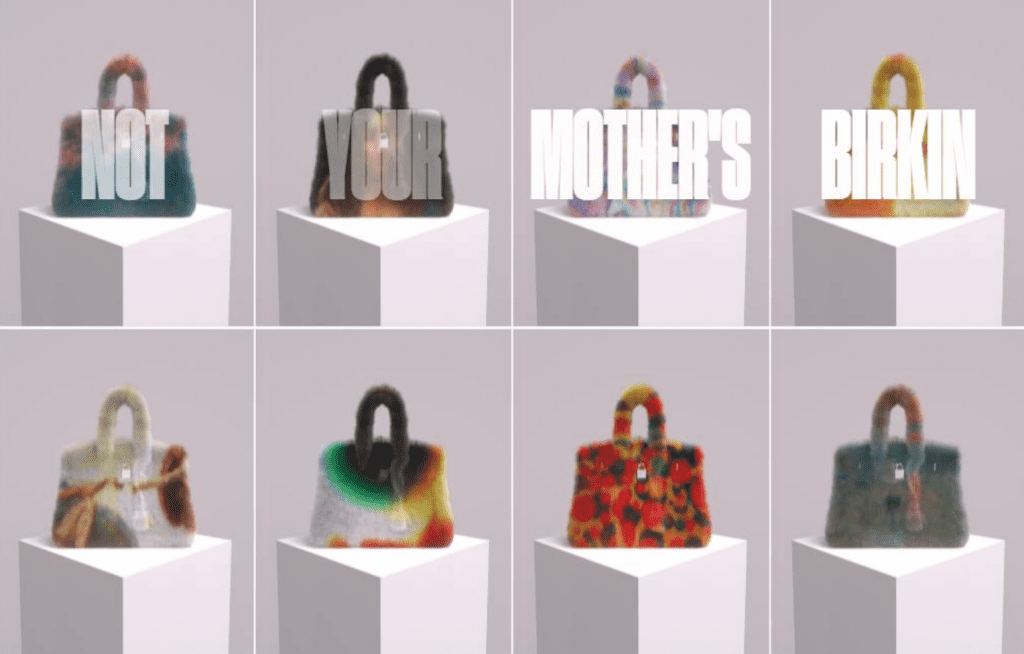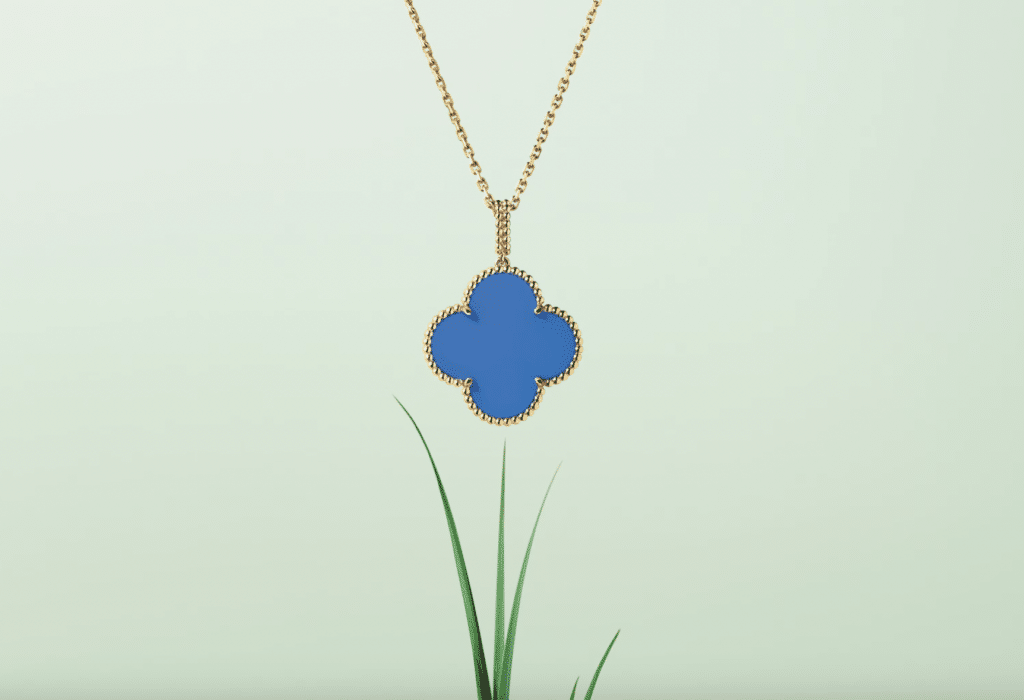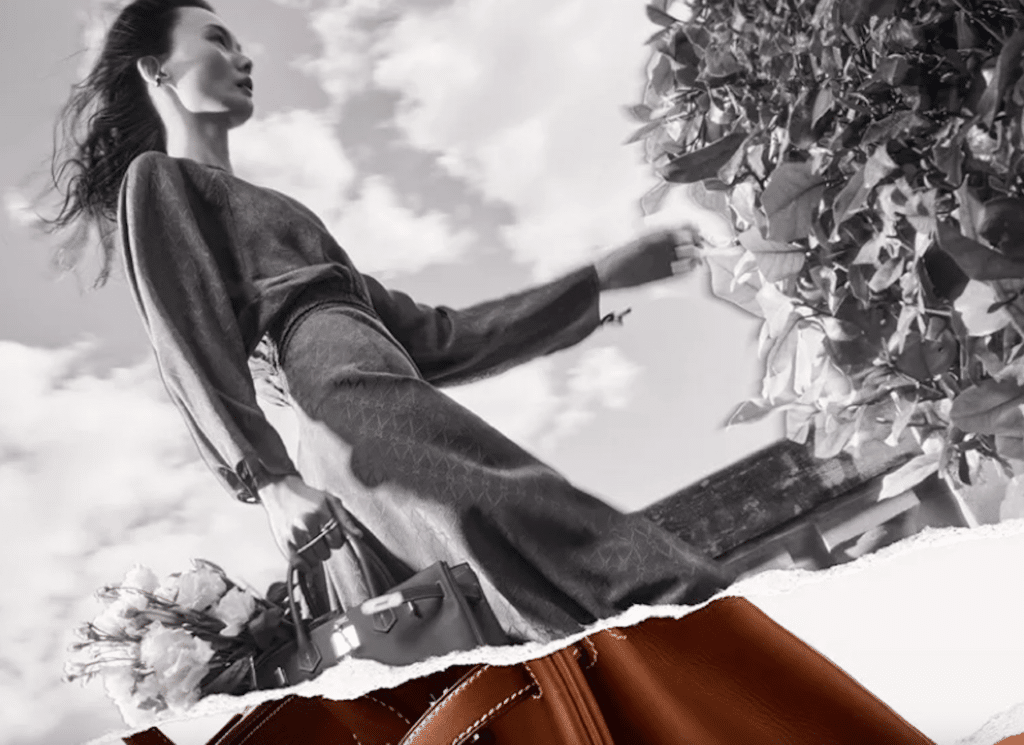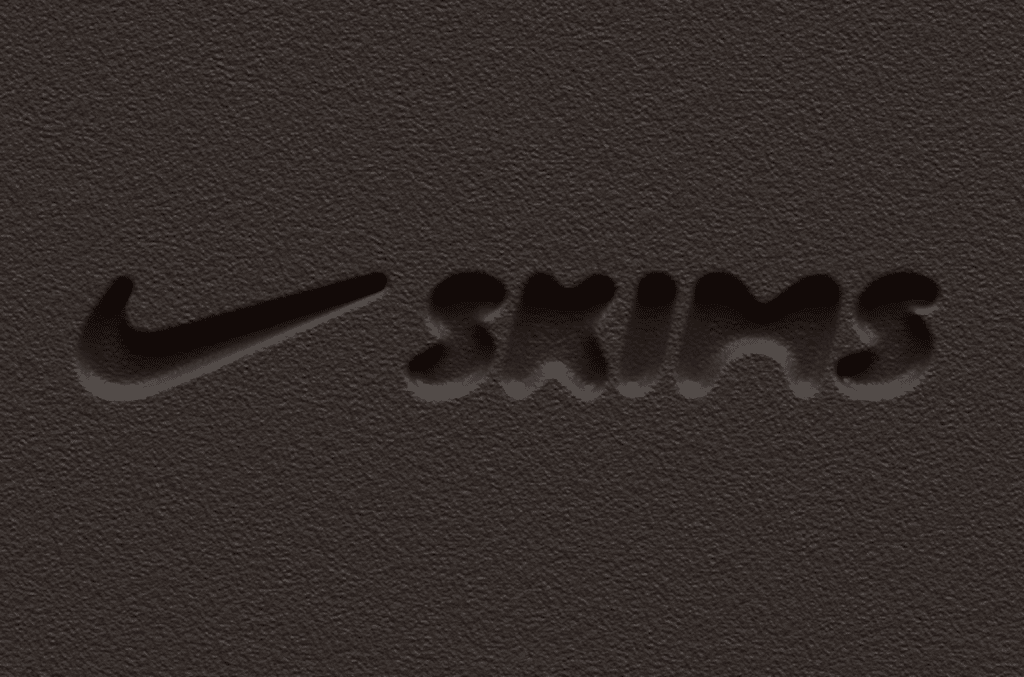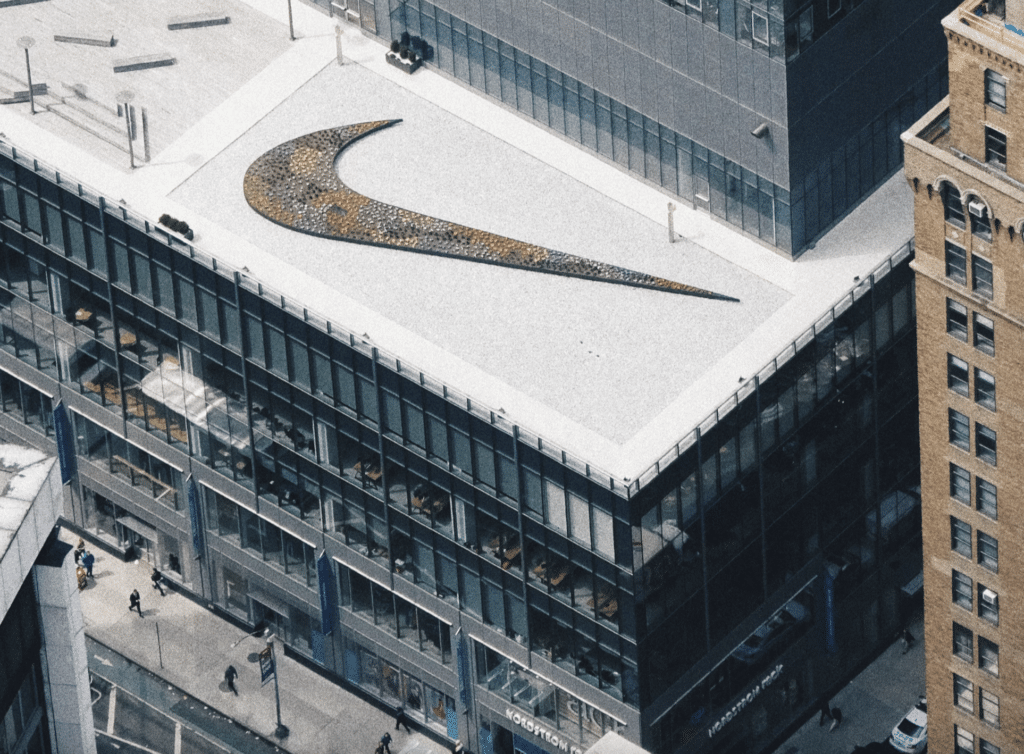Mason Rothschild is urging a federal appeals court to overturn a lower court’s judgment in the closely-watched trademark case waged against him by Hermès. In a reply brief that he lodged with the U.S. Court of Appeals for the Second Circuit on February 23, the maker of the MetaBirkins NFTs – which a jury found to both infringe and dilute Hermès’ Birkin mark – asserts that the U.S. District Court for the Southern District of New York erred in its application of a critical test that would have afforded his Birkin-centric “artworks” protection under the First Amendment and shielded them from Hermès’ trademark claims.
Some Background: Hermès filed suit against Rothschild in a New York federal court in January 2022, accusing him of federal and common law trademark infringement, false designation of origin, trademark dilution, cybersquatting, and injury to business reputation and dilution under New York General Business Law as a result of his sale of artwork-linked NFTs that bear the MetaBirkins name and that mirror the design of Hermès’ famous handbag. On the heels of a favorable jury verdict for Hermès in February 2023, Judge Jed Rakoff of the U.S. District Court for the Southern District of New York denied Rothschild’s bid for a judgment of law and granted Hermès’ petition for a permanent injunction, barring Rothschild from continuing to market the NFTs, using the MetaBirkins domain, etc., prompting an appeal from Rothschild.
Rothschild’s Brief
Setting the stage in his brief, Rothschild asserts that “at all times,” he identified himself as the creator of the MetaBirkins artworks and corresponding NFTs, using the “MetaBirkins” name as the artworks’ title, and not as a trademark that identifies the source of any products or services, which is what Hermès has argued. “And yet, despite the court recognizing repeatedly” that the test established in Rogers v. Grimaldi governs in the case at hand (including in the motion-to-dismiss, summary-judgment, and trial stages), Rothschild’s counsel claims that judge ultimately “failed to apply Rogers’ two-part objective test.”
> In accordance with Rogers, the unauthorized use of a trademark can give rise to an infringement claim only if the trademark has “no artistic relevance” to the accused work or in the case of artistic relevance, the accused work’s use of the trademark “explicitly misleads as to the source or the content of the work.”
Instead of properly applying the Rogers test, which “should have required dismissal on the pleadings,” Rothschild maintains that Judge Rakoff “substituted a subjective, intent-based test.” Specifically, the district court “made a legal error in replacing Rogers’ objective inquiry into artistic relevance with a subjective inquiry into whether Rothschild chose the subject of his artworks because he intended to make an artistic comment or instead intended to profit by leveraging the power of Hermès’ mark,” according to Rothschild.
The court’s focus on Rothschild’s subjective intent “has no support under Rogers or the First Amendment,” his counsel contends, and it is “flatly inconsistent with the Supreme Court’s recognition that Rogers ‘offers an escape from the likelihood-of-confusion inquiry and a shortcut to dismissal.’” (In its initial brief to the Second Circuit dated November 6, 2023, Rothschild’s counsel stated that the court erred in “focus[ing] on Rothschild’s subjective intent in choosing to reference Hermès’ Birkin handbag in his artwork” instead of “asking (i) whether the use of Hermès’ ‘Birkin’ mark had any artistic relevance to Rothschild’s MetaBirkins artworks, and (ii) whether the use of the mark was explicitly misleading as to the artworks’ source or content,” thereby, “forc[ing] Rothschild to go through extensive discovery and a jury trial against a multi-billion-dollar luxury goods maker to decide whether the First Amendment protected him and his artwork.”)
Turning his attention first to Rogers, Rothschild argues that the Second Circuit should reverse the lower court’s judgment and rule that the First Amendment protects his “artistic expression,” as the proper application of Rogers “required dismissal of Hermès’ claims at every stage of this case.” Delving into the Rogers factors, Rothschild asserts that …
> “It has been clear from the outset that [the] MetaBirkins are artworks,” namely, two-dimensional images depicting “cartoonish, fur-covered Birkin bags on pedestals” and not “fake Birkin bags … usable as handbags in digital environments,” as Hermès has argued;
> “MetaBirkins” is used as title of the artworks at issue and not as an indicator of source, per Rothschild, who notes that “there were no allegations that [he] used the MetaBirkins title without reference to the artworks … or to sell other products”;
> The “MetaBirkins” title is “obviously artistically relevant,” as it “describe[s] the content of the artworks, just as Ginger and Fred described the content of the movie in [the] Rogers [case]”; and
> Hermès failed to allege or show any explicitly misleading use, and instead, “the undisputed evidence show[s] that Rothschild prominently and consistently identified himself as the source of MetaBirkins, actively sought to correct mistaken press reports, and Hermès could point to no instance in which Rothschild told anyone that MetaBirkins came from Hermès.”
With the foregoing in mind, Rothschild asserts that a proper application of Rogers would have “required dismissal of Hermès’ claims at every stage of this case,” and thus, the Second Circuit should reverse the lower court’s judgment and “rule, as a matter of law, that the First Amendment protects Rothschild’s artistic expression.”
And even if this Court determines that Hermès’ claims should not have been dismissed as a matter of law, Rothschild claims that “other errors require reversal and remand for a new trial.” In particular, Rothschild argues that: (1) the jury instructions were “incorrectly ordered,” causing the First Amendment to be framed “as a defense or excuse, rather than as a threshold limitation to Lanham Act liability; and (2) the instructions “invited the jury to conflate Rothchild’s lawful intent to artistically reference the Birkin bag with an intent to confuse consumers – a reversible legal error whether or not Rogers applies.”
Just as Rogers “requires the reversal of the lower court’s judgment,” Rothschild’s counsel asserts that the lower court’s jury instructions similarly require reversal, the lower court erred in rejecting his motion for judgment as a matter of law, and that even if Rogers did not apply, the district court’s errors of law require reversal and remand for a new trial that is “consistent with the First Amendment’s protection of artistic freedom.”
The case is Hermès International, et al. v. Mason Rothschild, 1:22-cv-00384 (SDNY).




